Days 14 and 15 – Madrid
After a delicious breakfast, our first full day in Madrid started with a bus tour with our local guide from yesterday. She pointed out buildings, monuments, etc. (most of which we won’t remember). We got off twice—once to walk they the Palacio Real de el Pardo dating from the 19th century and where the dictator Franco chose to make his home Part of it is used today for state occasions and to welcome Presidents from foreign lands. There were over 300 tapestries inside ( no pics allowed); many Flemish, others designed by Goya. The only personal items of Franco were some uniforms; no pictures of him, or heads of State, etc. Gardens were in a state of unkemptness.
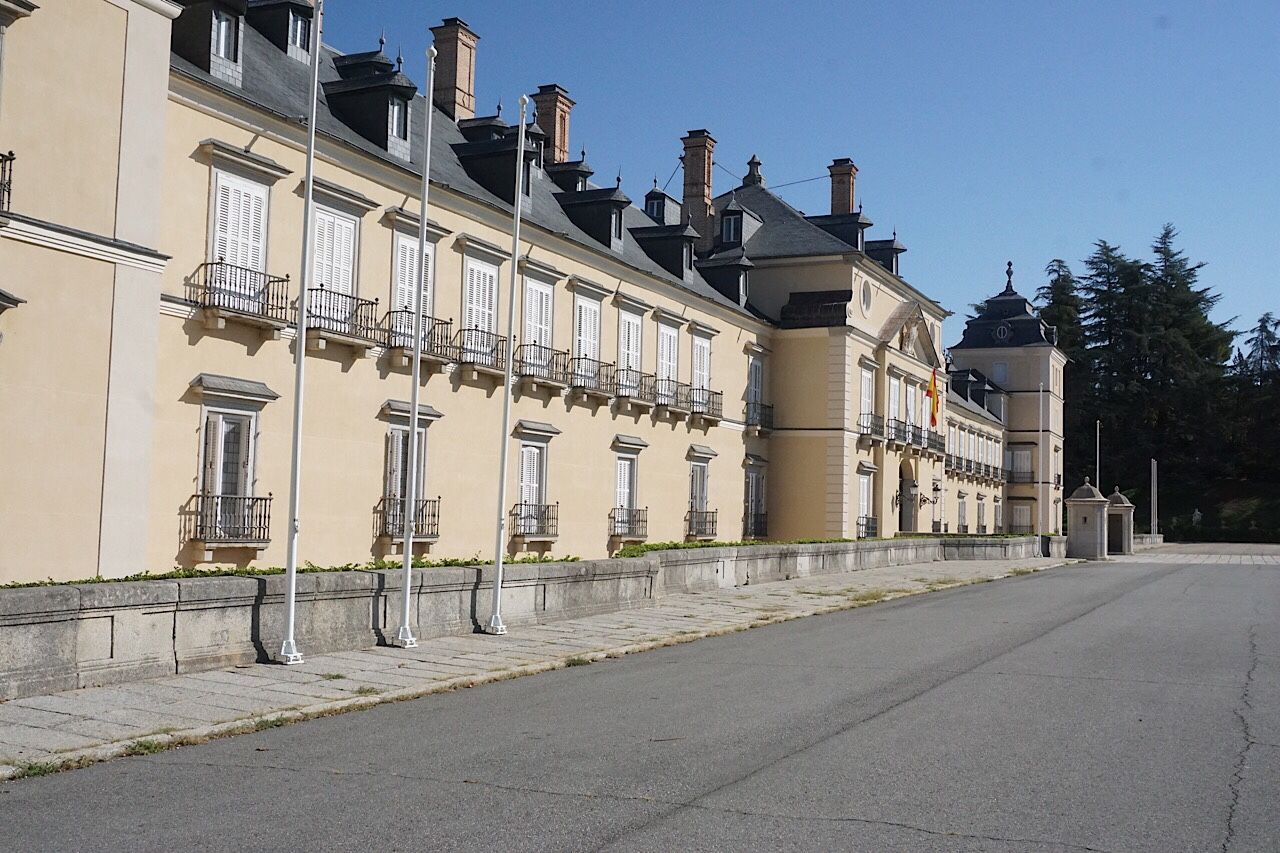
The reason we toured this Palace is because the Palais Royal, home to the current sovereigns of Spain was closed to the public for the day, in use for a formal occasion.
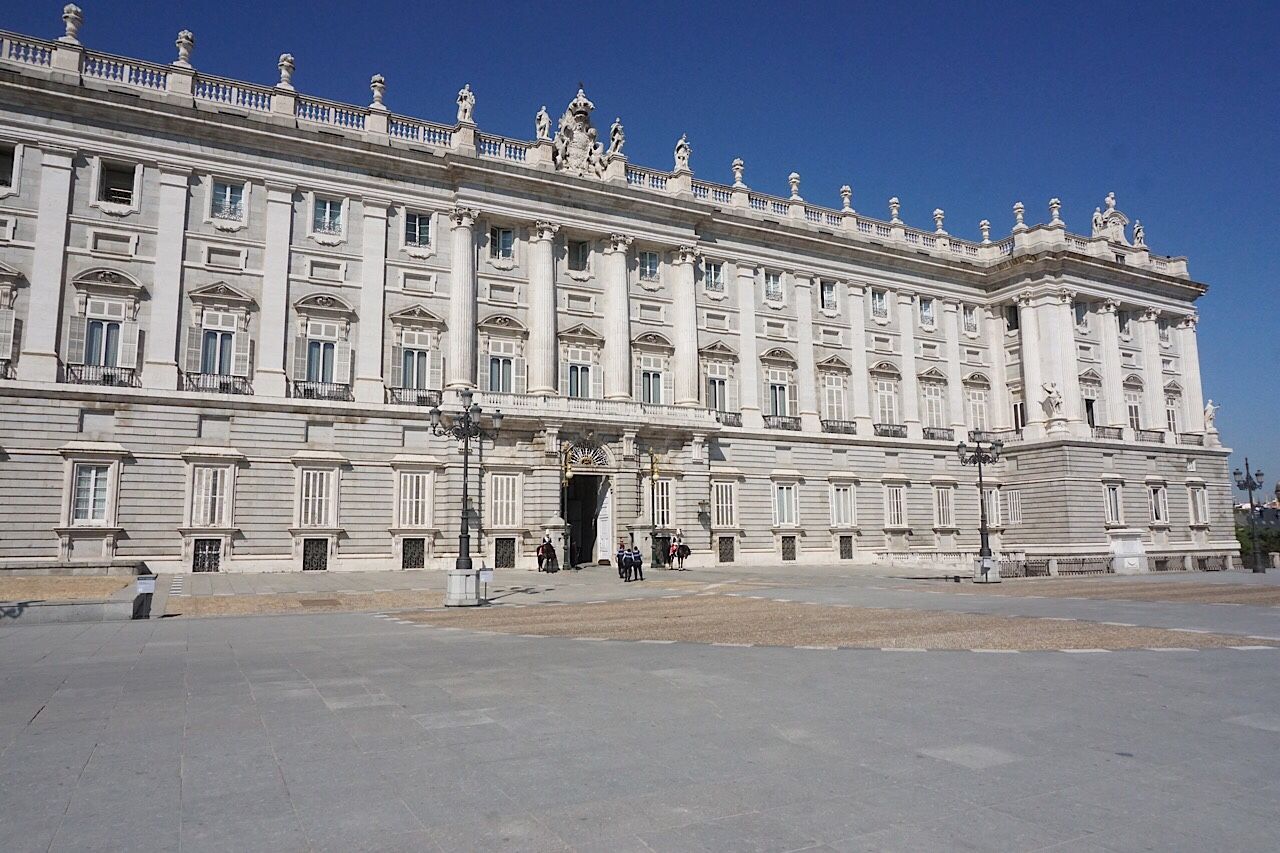
It turned out to be the formal acceptance and presentation of the credentials of the new Canadian ambassador. By chance, as we were in the Plaza Mayor afterwards, the carriages, horse brigades and costumed riders went right threw the plaza. (The yellow truck is the horse clean-up crew). Pomp and circumstance galore!
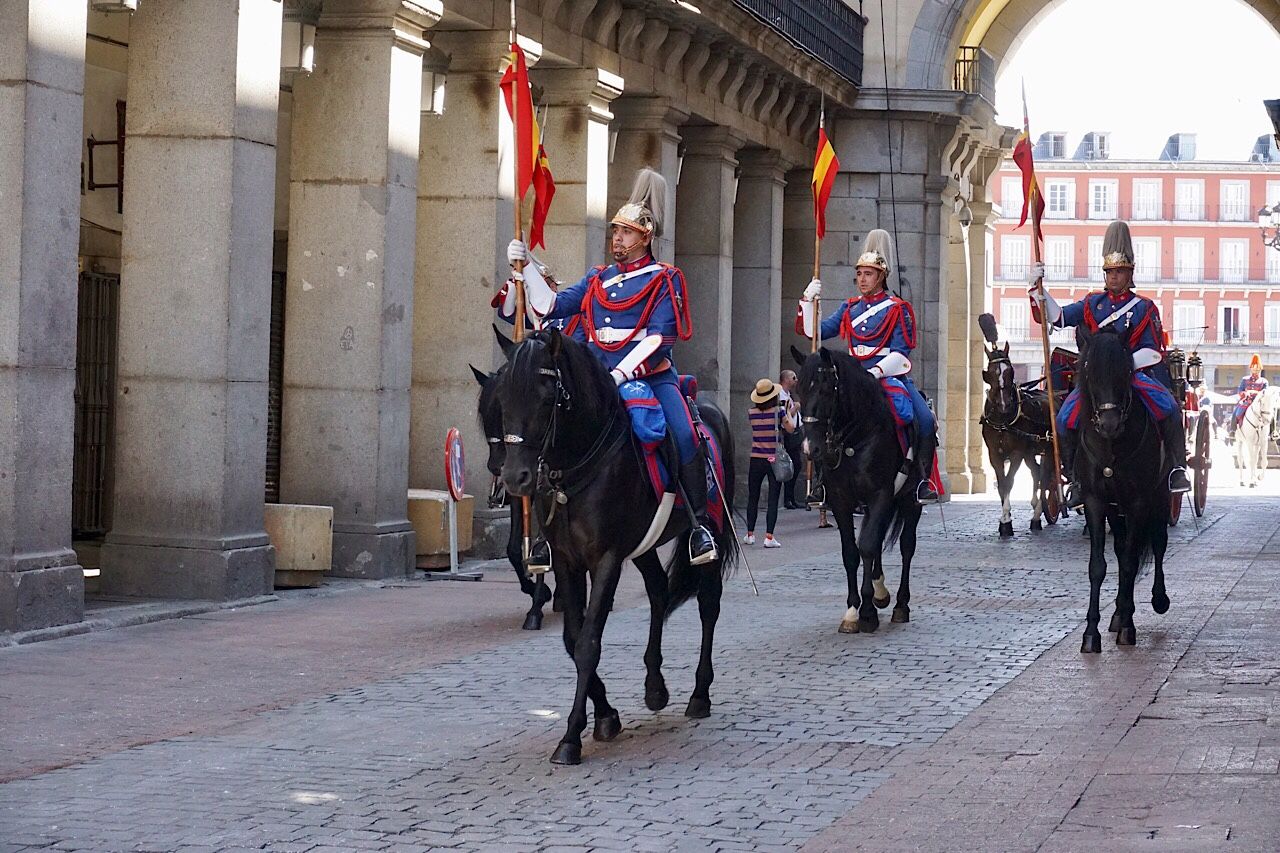

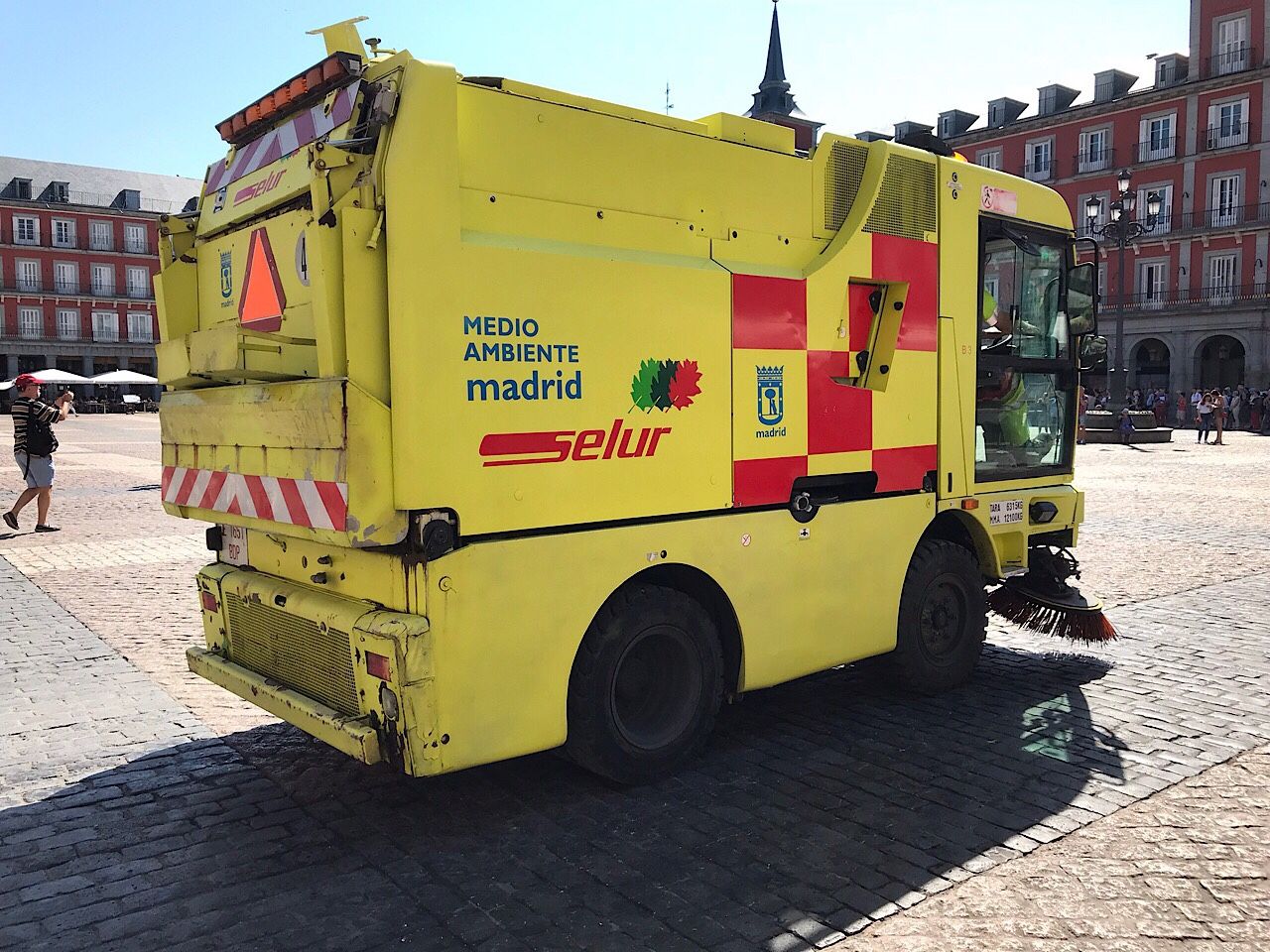
We made our way through this very crowded area over to our tapas lunch restaurant nearby. Very quaint and old, wine racks on the ceiling, and a nice lunch. We have yet to taste the fried calamari, well-known in this area though.

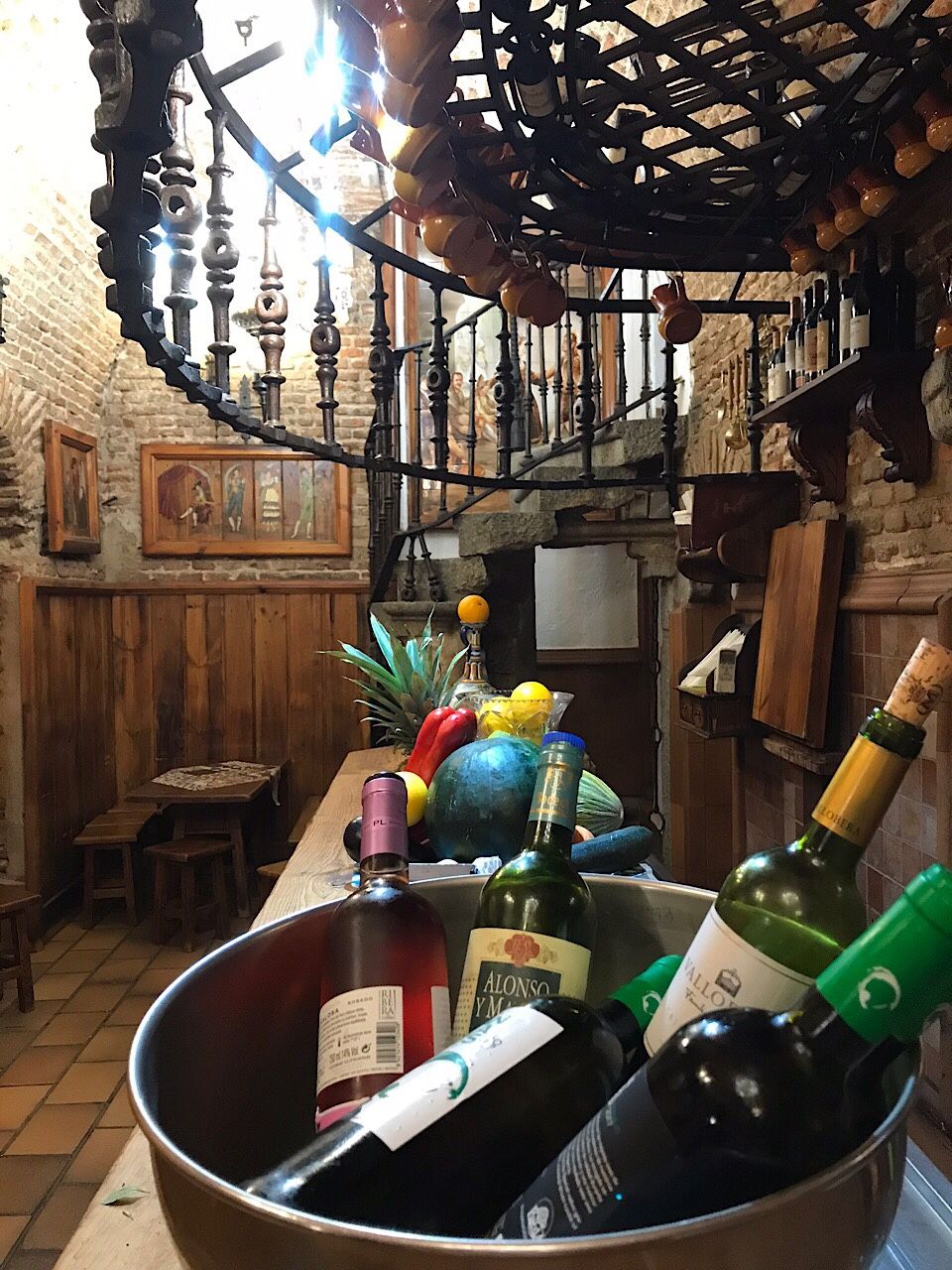

The official end of this bus tour, we said goodbye to Jorge, our stupendous driver as he dropped us off at the first museum stop for us, the Reina Sofia.
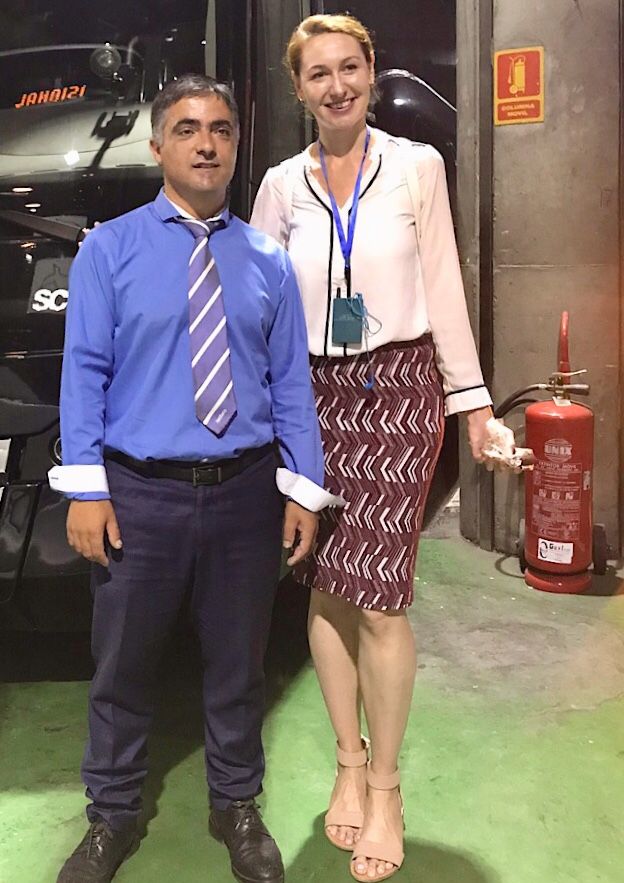
This houses the modern era paintings of Dali , Miro, and Picasso, among others. Picasso’s masterpiece Guernica, about the Spanish civil war was moved here in the late eighties . Under instructions from Picasso himself, it couldn’t be moved from NY (MOMA) to Spain until Spain was a democracy. Wendy remembers seeing it in NY as well. Here, there were three or four rooms with sketches of parts of it as well as other sketches, posters, and several other artist’s paintings by other people as well as Picasso. You could stand in front of it for hours studying the grotesque and terribly anguished faces of people, and even the animals showed fear and trepidation in their faces. No photos were allowed but here is on from the internet:
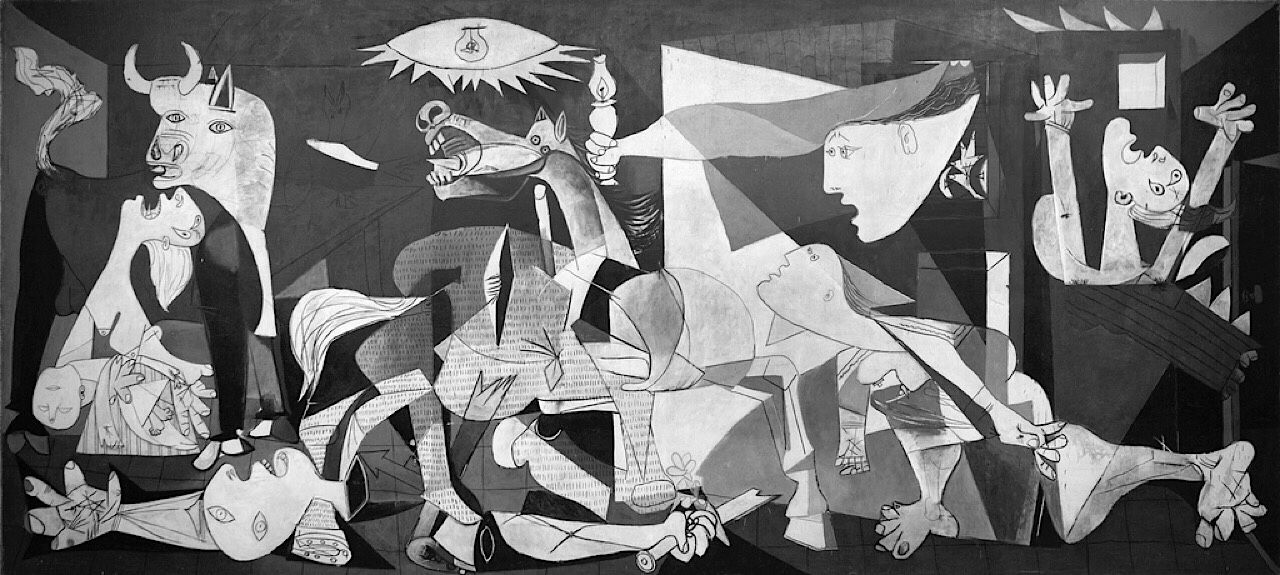
We finished our too short trip to this museum with some Dali paintings which we really appreciate more since our trip to the Dali museum in Tampa a few days before we left the states.
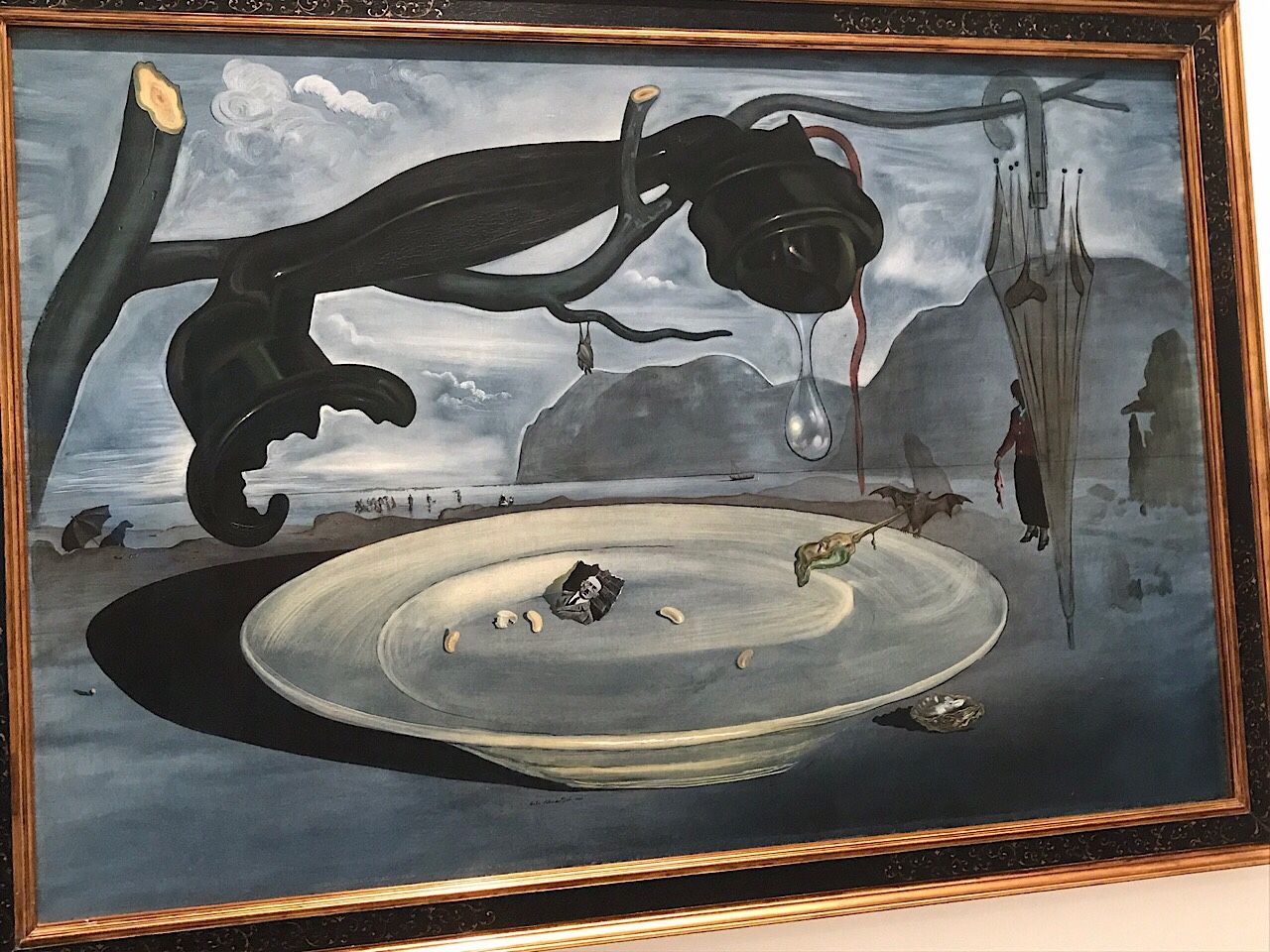
A special treat this evening—after a stop to peruse the many stalls of the Mercado and get some tapas (as well as a generous pour of the local vermouth, courtesy of Emma), we went to a Flamenco show.
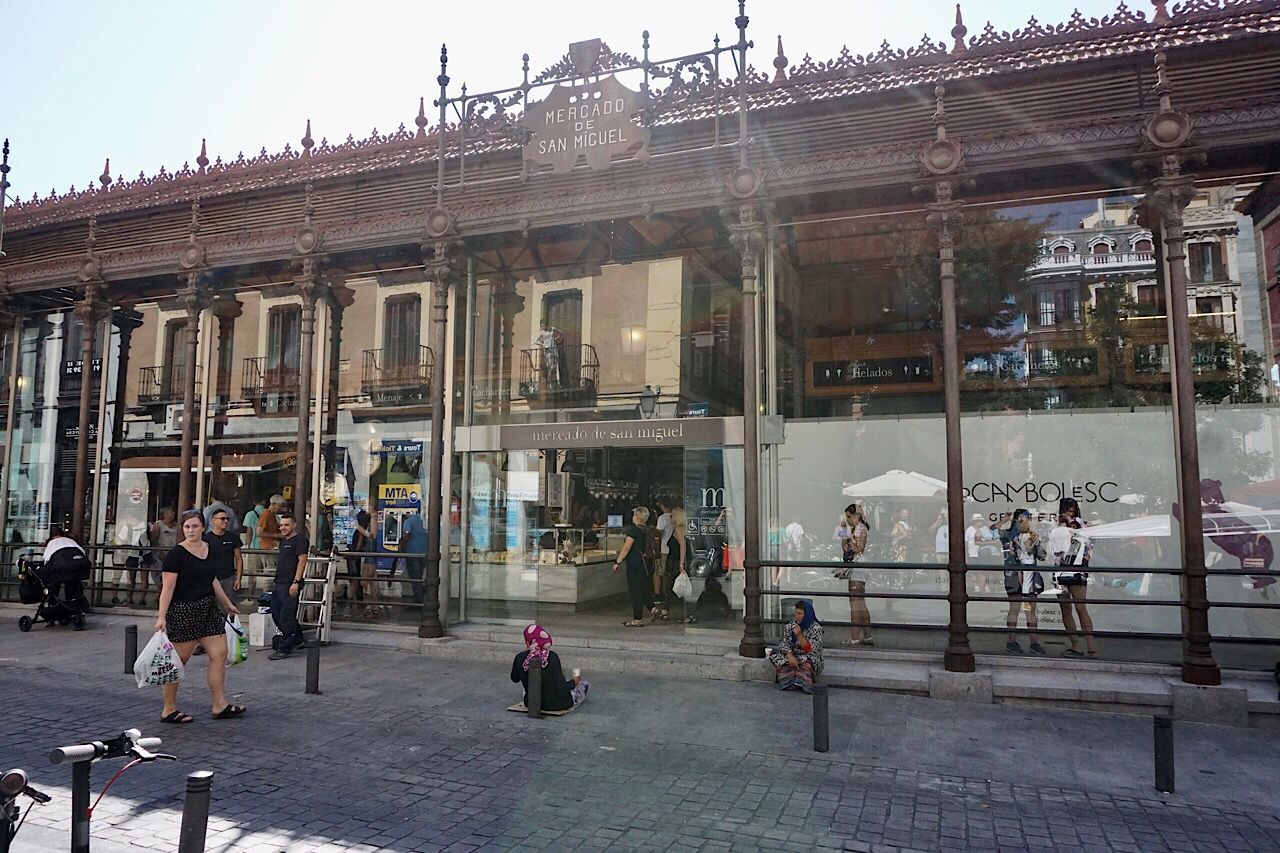
Four dancers, one guitarist and two male singers treated us to a fairly authentic version of this famous Spanish music and dance. The feet tapped, the hands clapped different rhythms constantly, and the arms moved very gracefully-sometimes slowly, but mostly incredibly fast in a whirlwind of motion. Quite a performance! It was an easy metro ride home to our nice hotel.
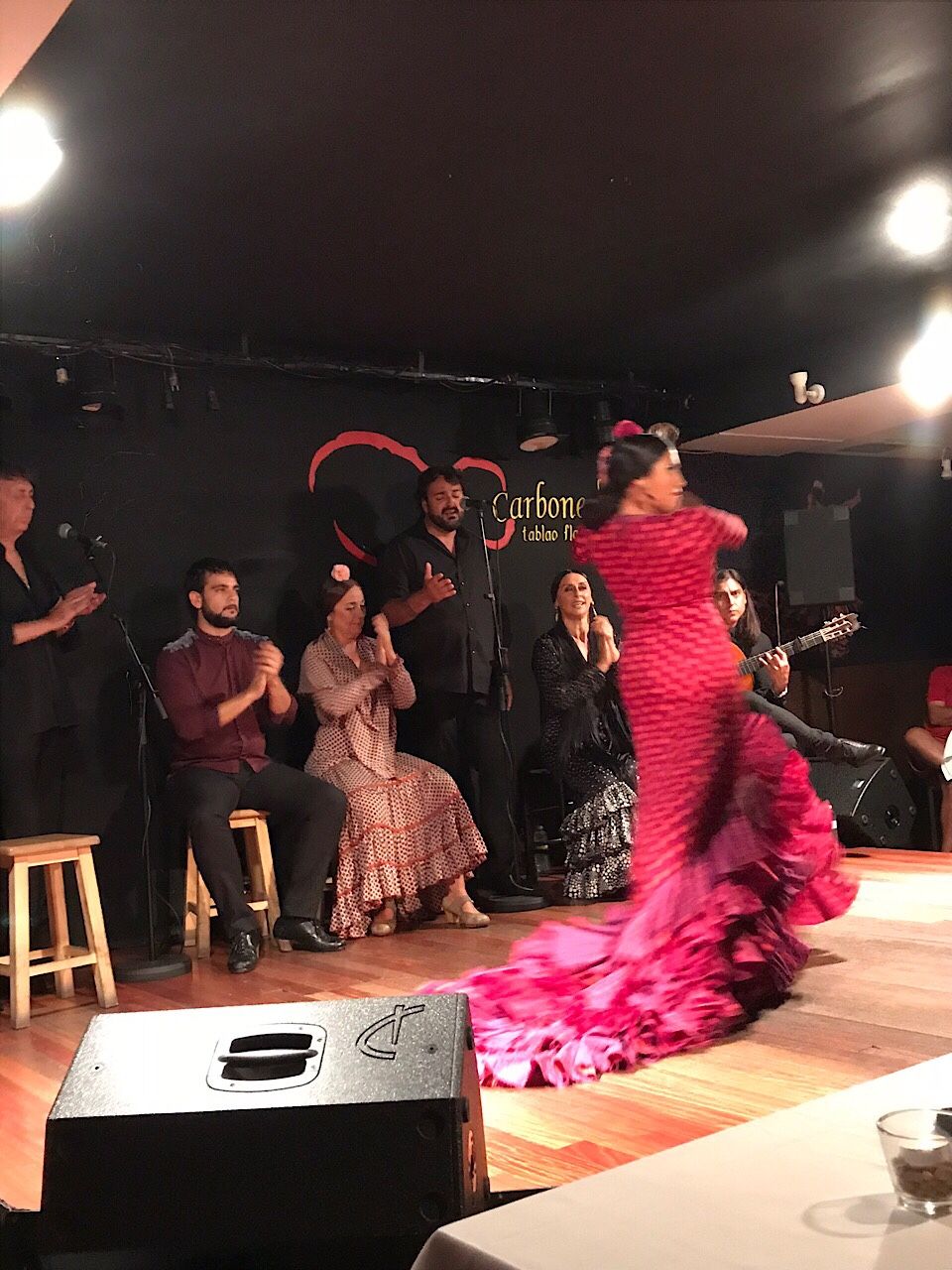
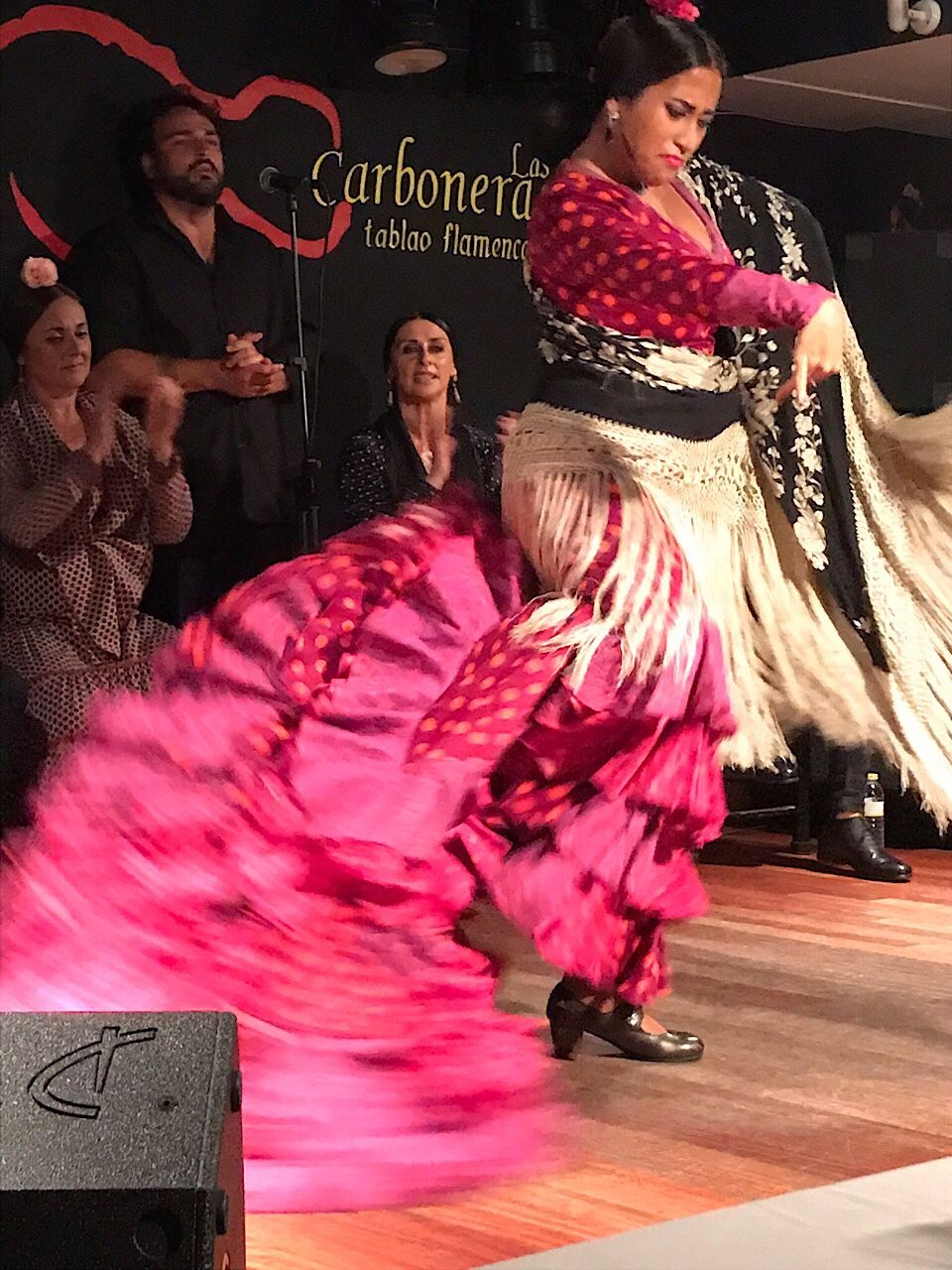

Friday was a totally free day. We had been given tickets to the Prada, one of the most famous museums in the world and were eager to go. But first, getting in those all important daily steps—a walk thru the famous Retiro Park. It is about 300 acres, and right down the street from our hotel. We passed a man-made lake with ducks and black geese swimming, and the crystal palace, basically an exhibition hall modeled after a bigger one in Hyde Park in London.
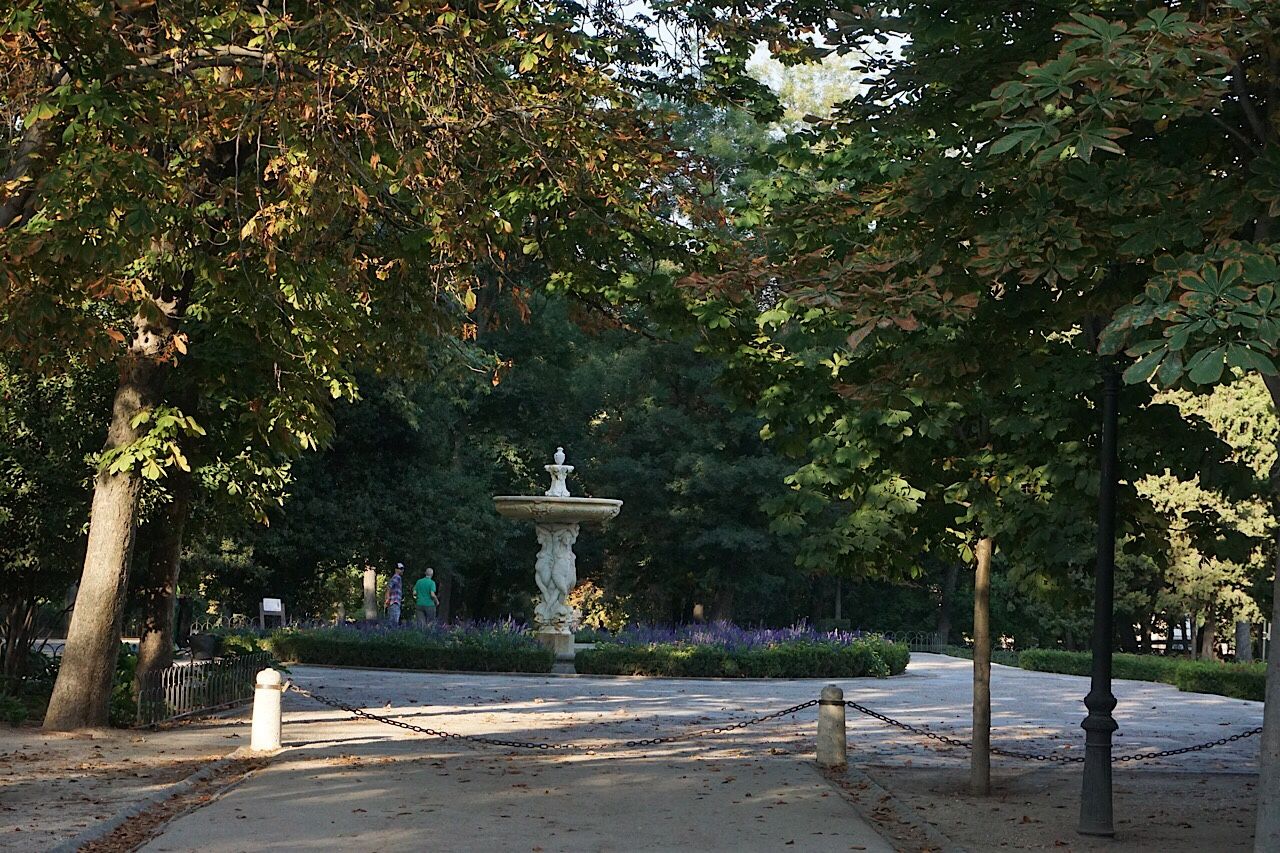
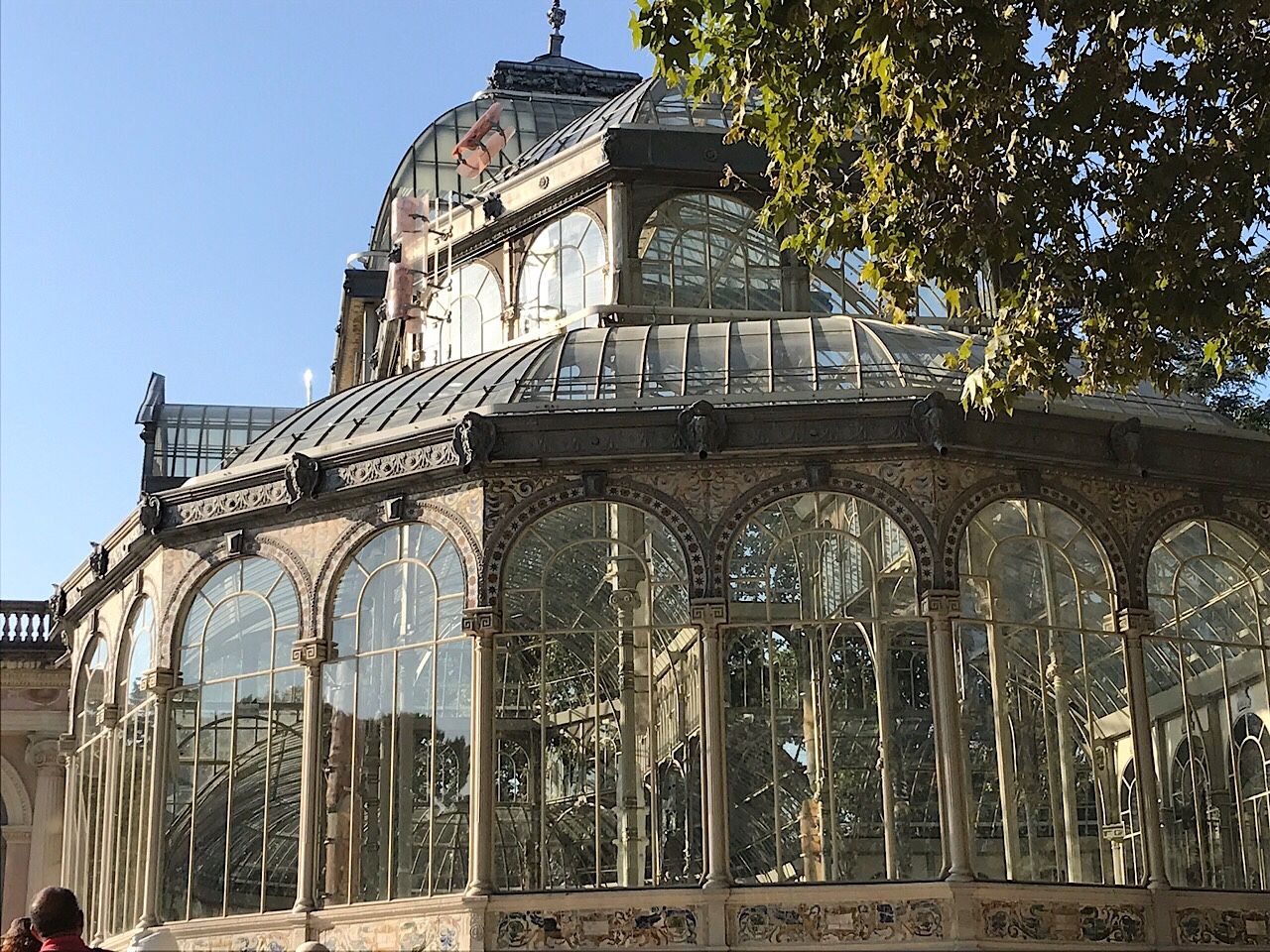
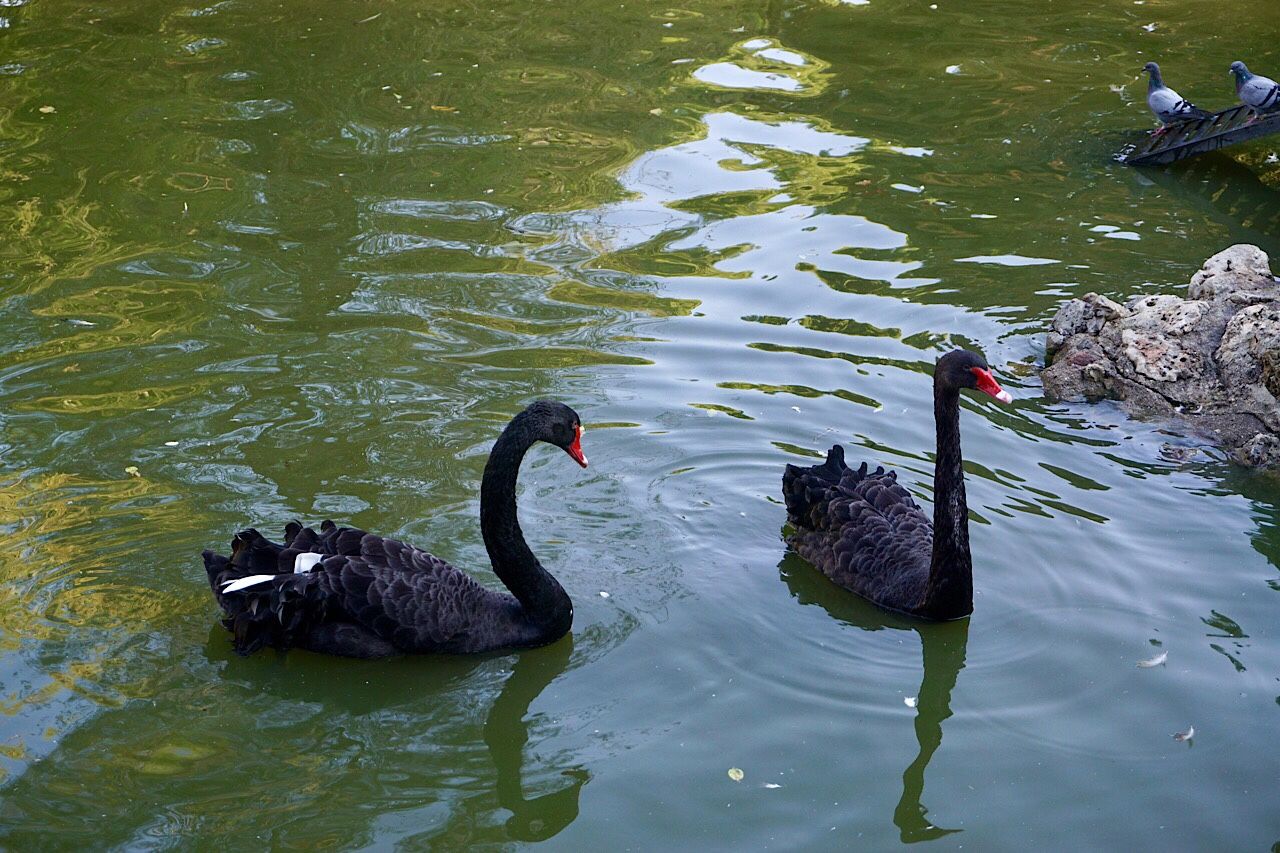
We arrived at the Prado where no pictures are allowed and the room numbering system is probably the most complicated we’ve seen. To add to the confusion, (even though we had handouts, an app guide, and the museum’s own app), several of the paintings we wanted to see had been moved.
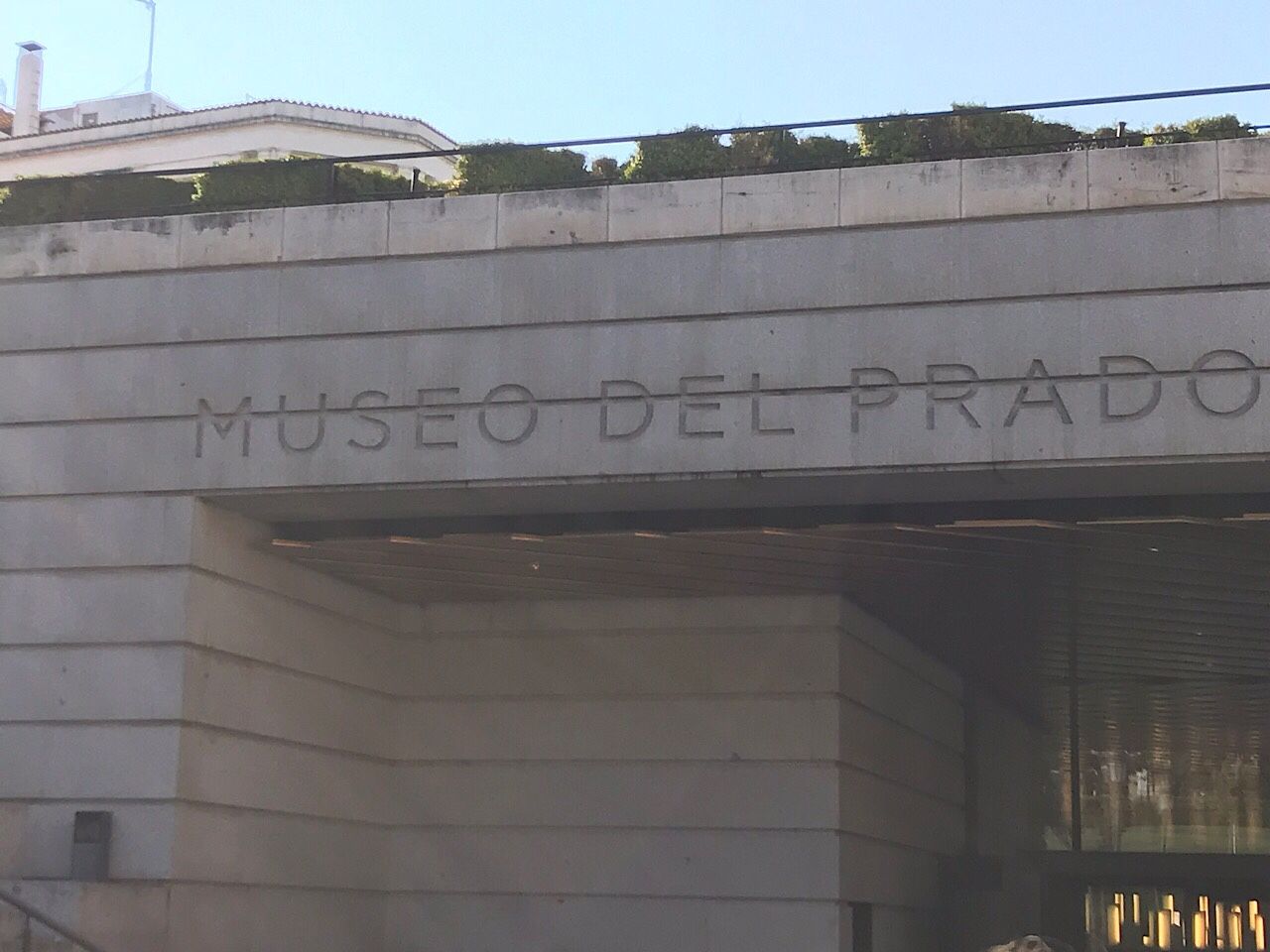
Nonetheless this is truly an amazing museum - on par with the world’s best. Rooms full of works from Goya, including both the Naked and Clothed Maja, mesmerizing portraits by El Greco, and many works by Velázquez, including the popular Las Meniñas (The Ladies-in-waiting) were among the masterpieces we particularly enjoyed. Wendy’s favorite was Hieronymus Bosch’s "Garden of Earthly Delights". It’s triptych of heaven, earth and hell was quite surreal, especially given that it was painted in the early 16th century. No photos allowed, but here are some examples from the web:

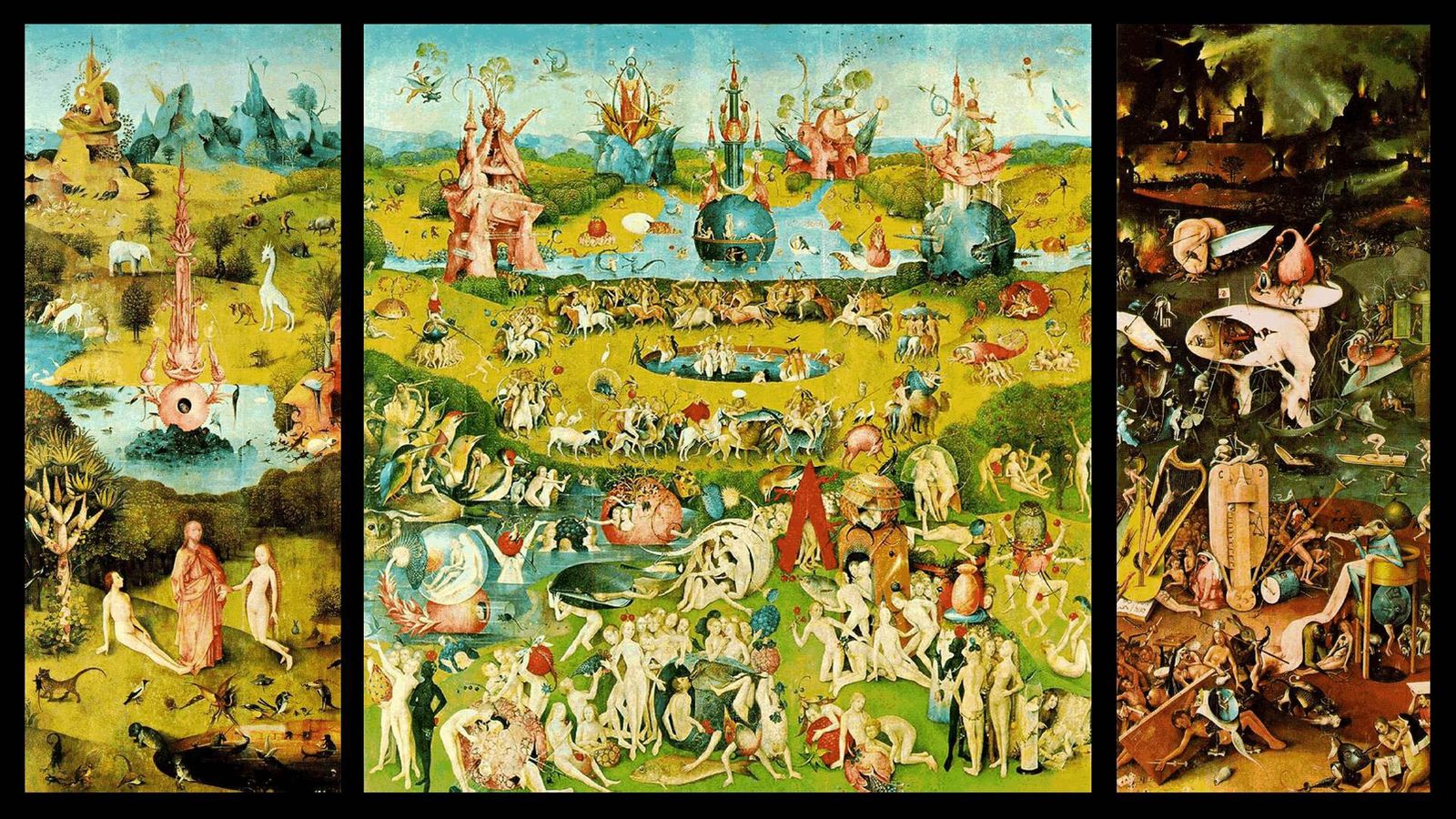
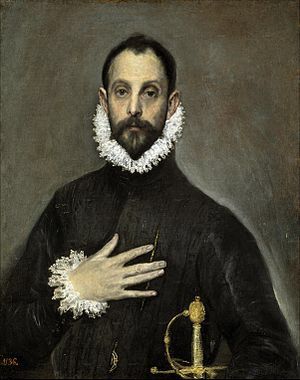
Very tired, we finished our tour after Jim located the "black Goya’s", early works containing very dark and haunting images that are said to have inspired many modern artists.
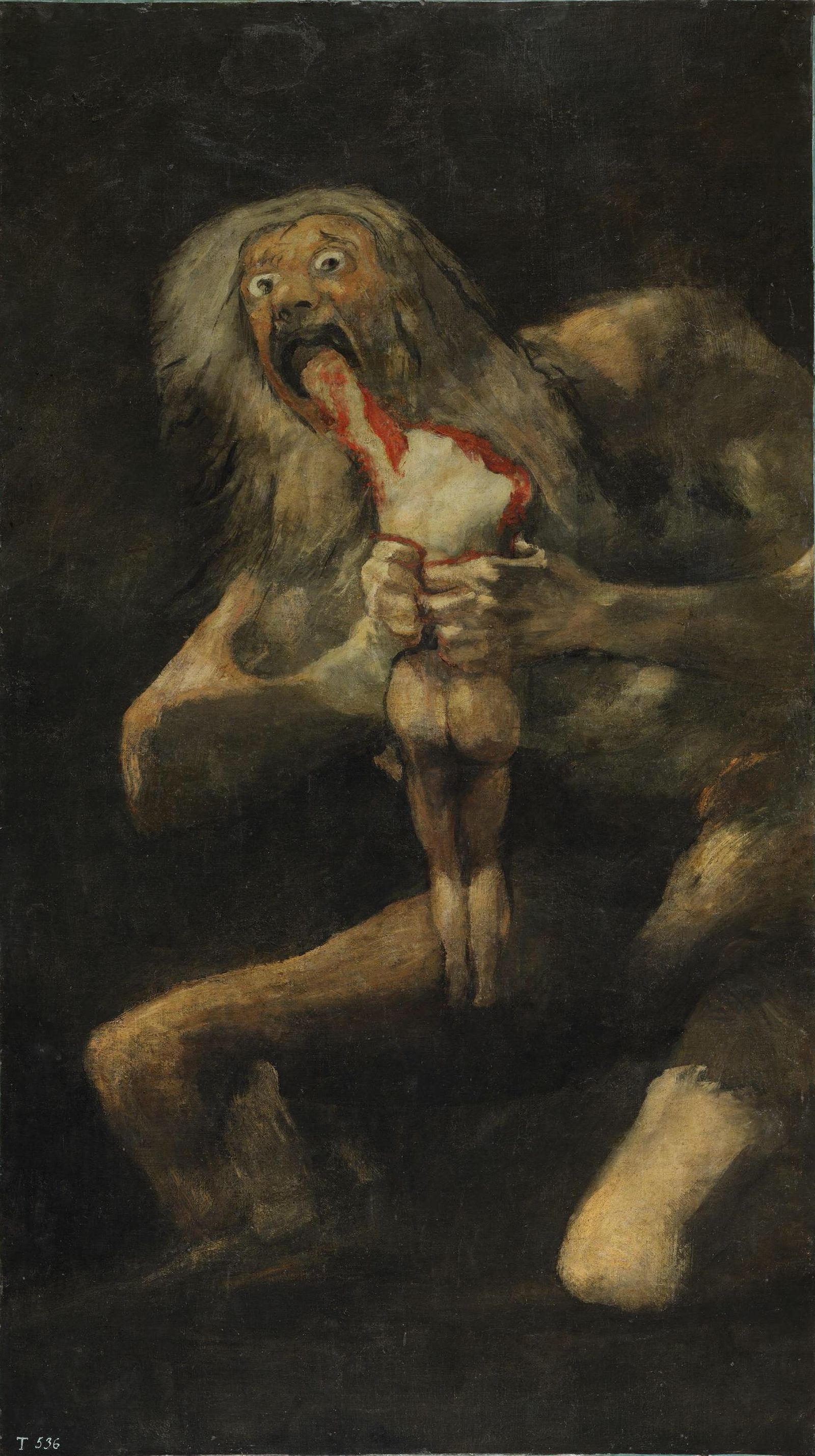
We walked up towards the Plaza de Sol, and stopped at a mediocre local restaurant (too tired from walking) along the way for lunch. The remaining part of the afternoon was spent relaxing before our wonderful farewell dinner at the hotel.
We were seated at a long table (dubbed the Last Supper😉), and had a meal of octopus starter, salmon or steak, and, of course, lots of wine. Harriet, one of our fellow travelers read a funny and self-penned poem about our trip, toasts made, hugs given and goodbyes said. We loved Emma’s guidance, from start to finish.
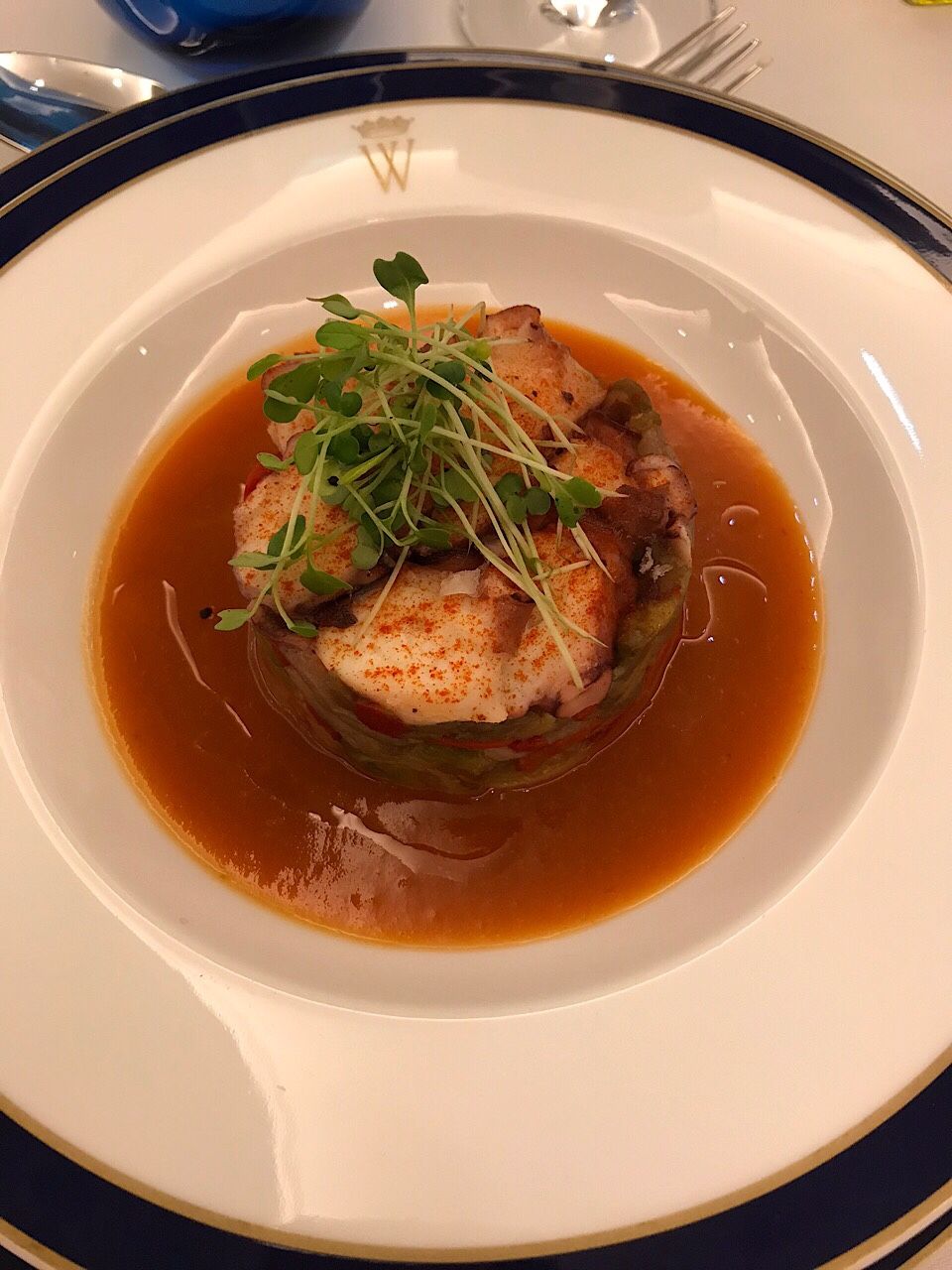


Tomorrow, we continue on our own by train to Barcelona for the last stop of our trip.

comments powered by Disqus